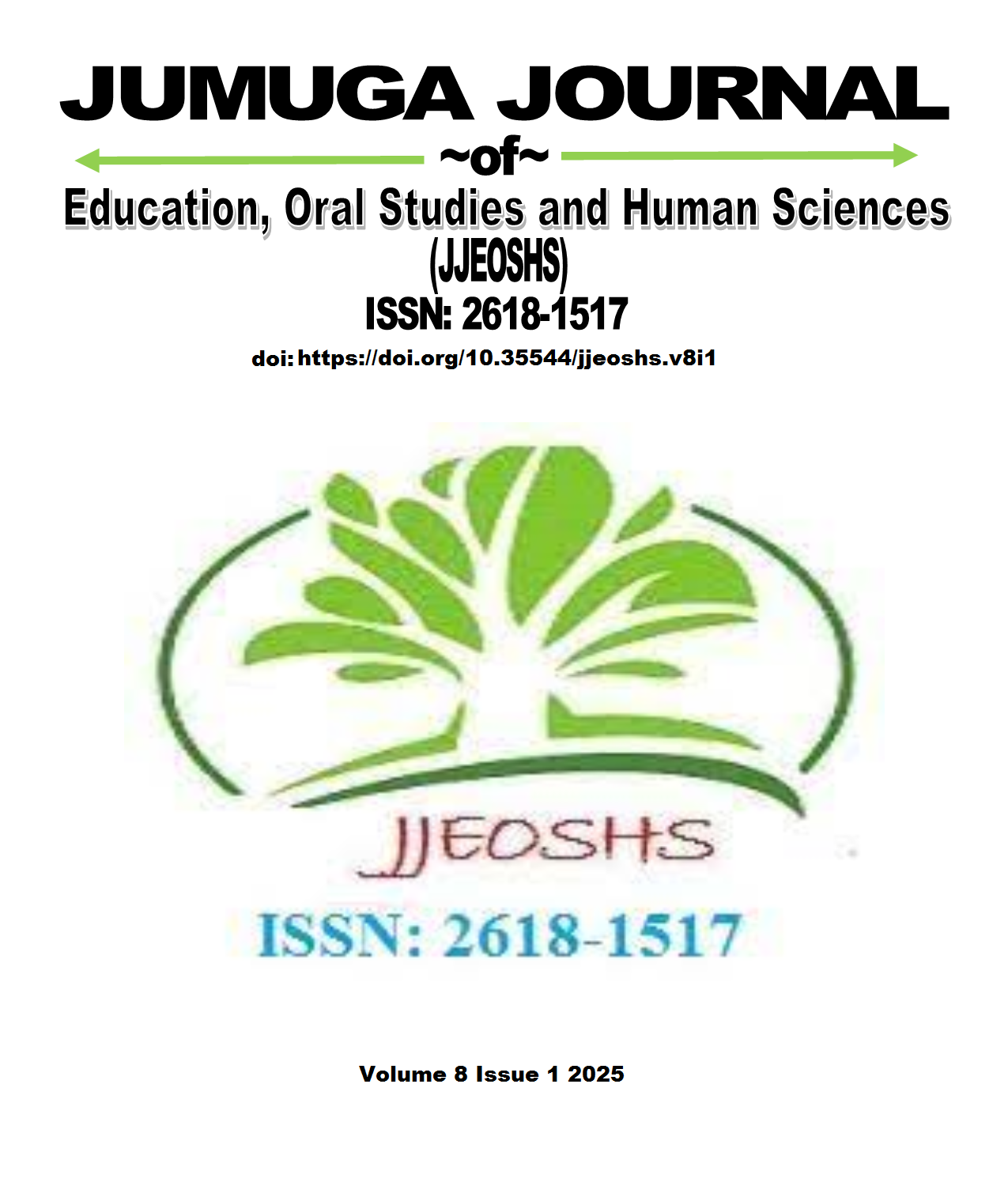Boosting Physics’ Engagement
Electronics Practical Workbench versus Traditional Practical Methods
DOI:
https://doi.org/10.35544/jjeoshs.v8i119Keywords:
Attitude, Engagement, Instruction and learning, Physics Practical, WorkbenchAbstract
This article evaluates the impact of an electronic practical workbench on students’ attitude towards physics, as compared to the traditional teaching methods in Kenyan secondary schools. Recognizing that physics is often perceived as conceptually difficult and hindered by outdated or insufficient lab equipment, the article explores how hands-on activities influence students’ interest and understanding. A quasi-experimental design with pre-test and post-test assessments is used, involving non-equivalent groups of Form Three students. Key findings reveal that students engaged in electronics-based practical work show significantly improved motivation, interest, and conceptual understanding of physics compared to those taught through conventional methods. These results suggest that integrating modern electronics experiments effectively bridges theoretical concepts with real-world application, fostering a more positive perception of the subject. The article concludes that hands- on electronics activities enhance physics learning and recommends greater teacher involvement in curriculum design and professional training in practical physics instruction







